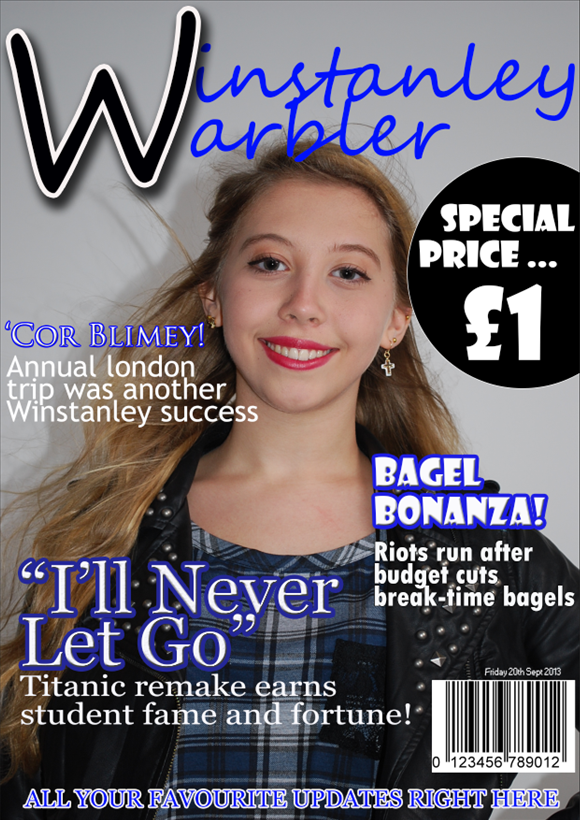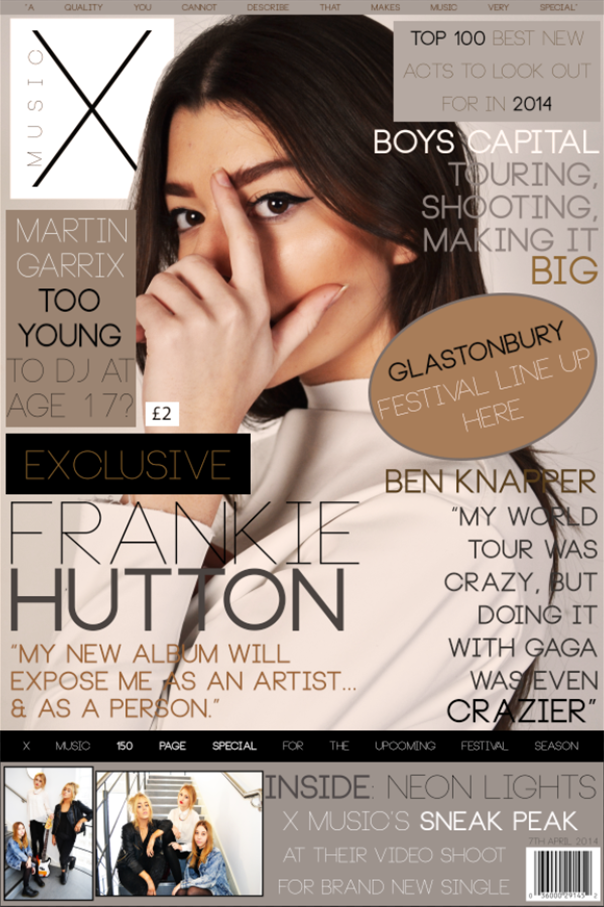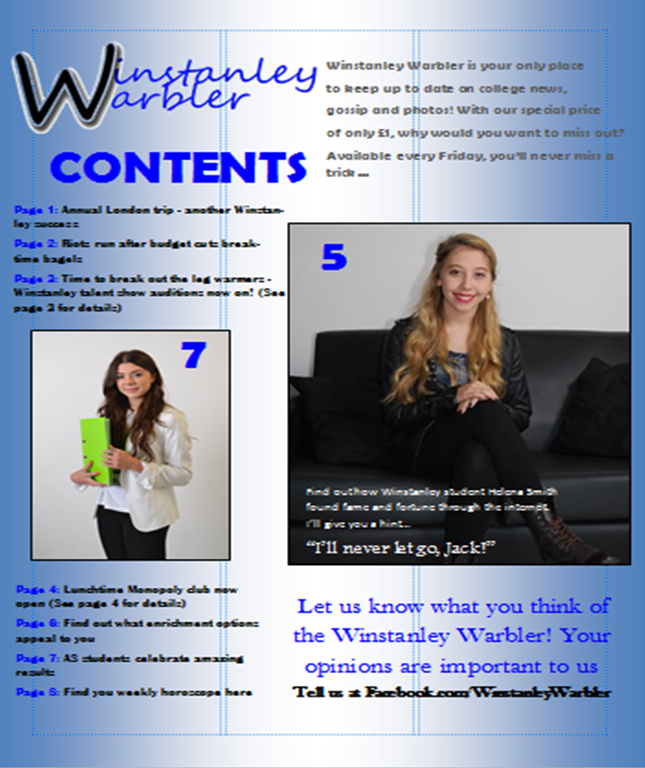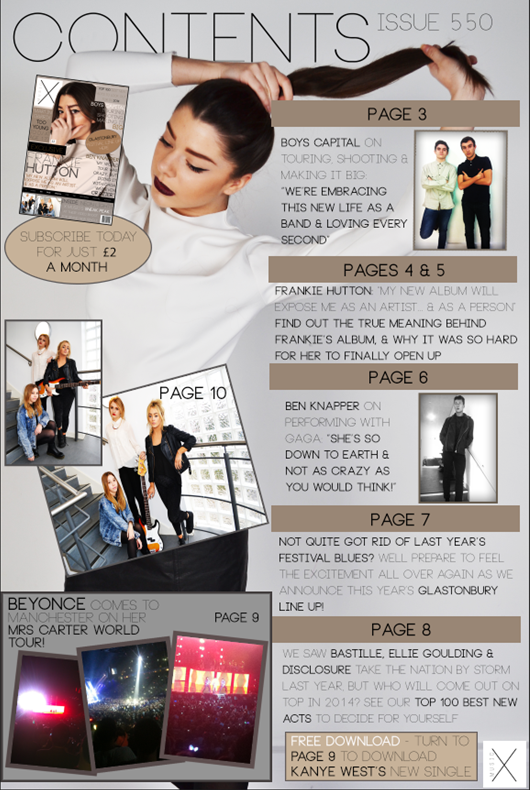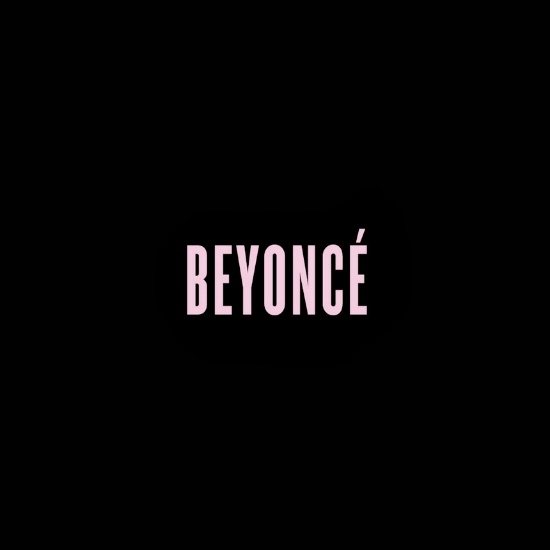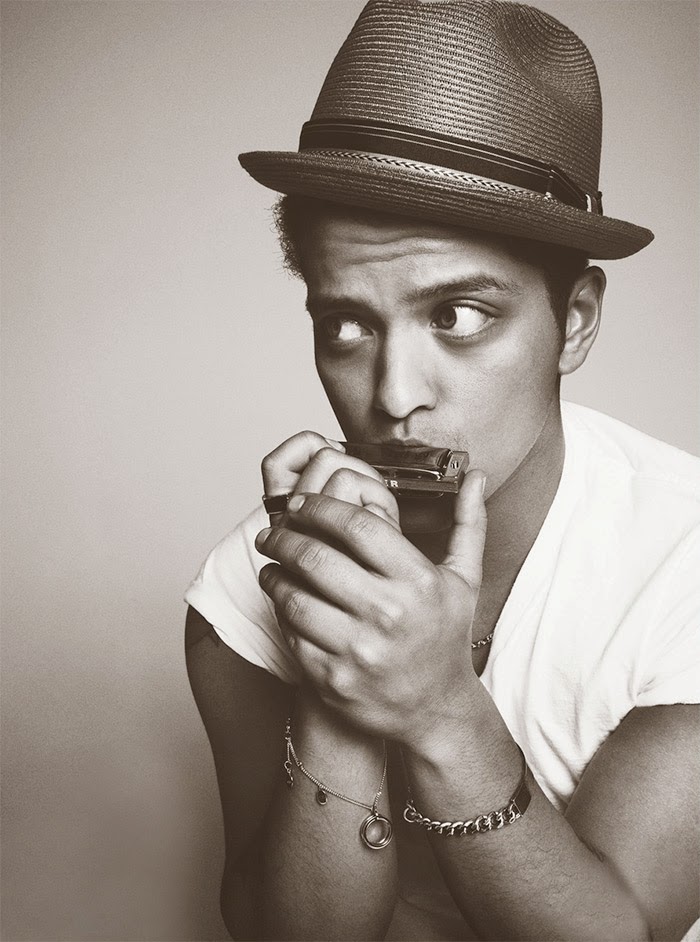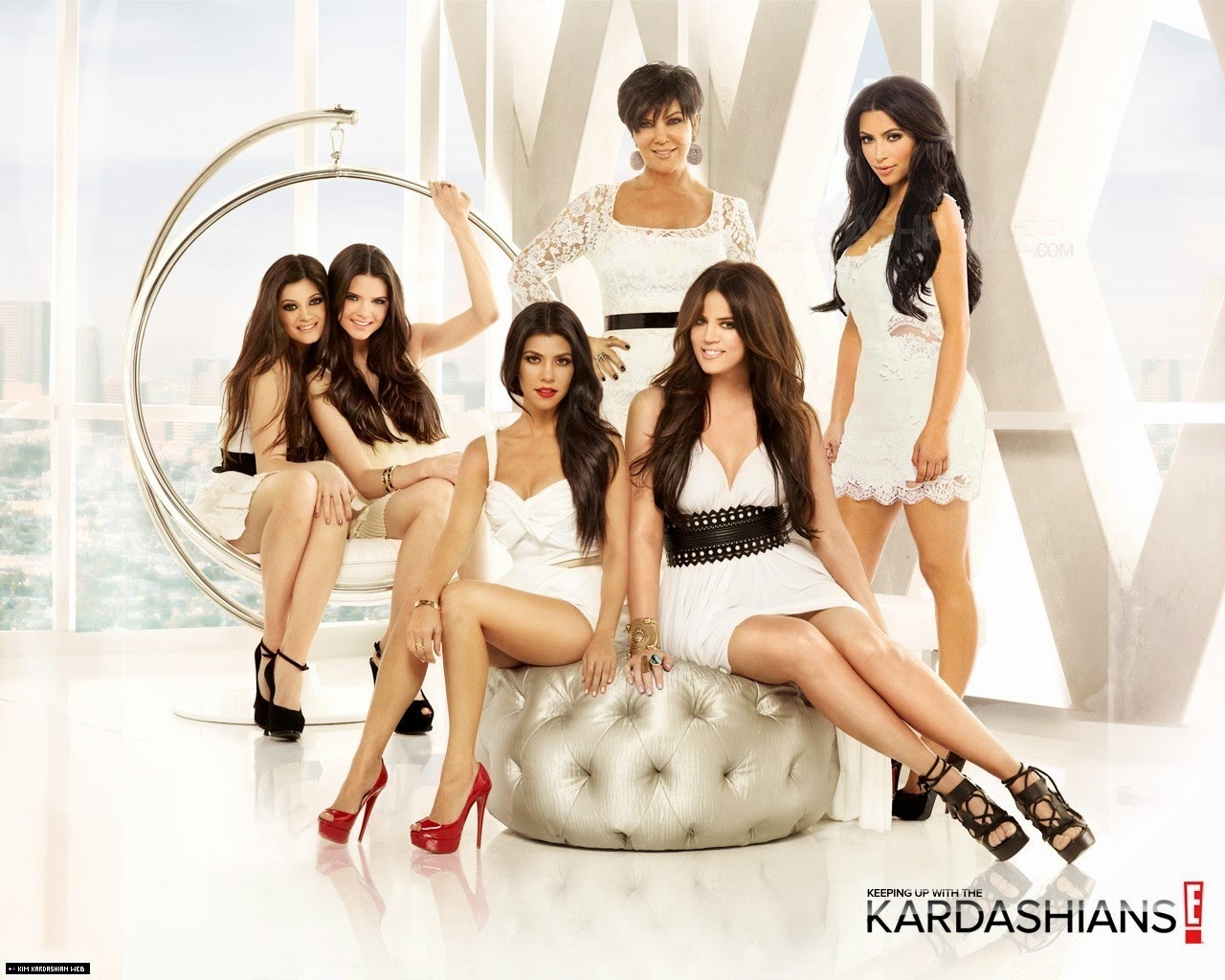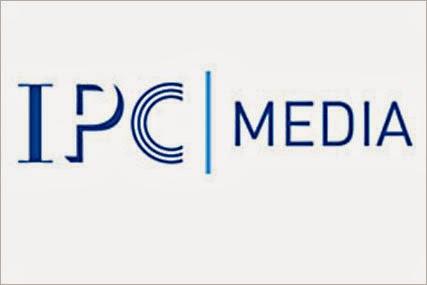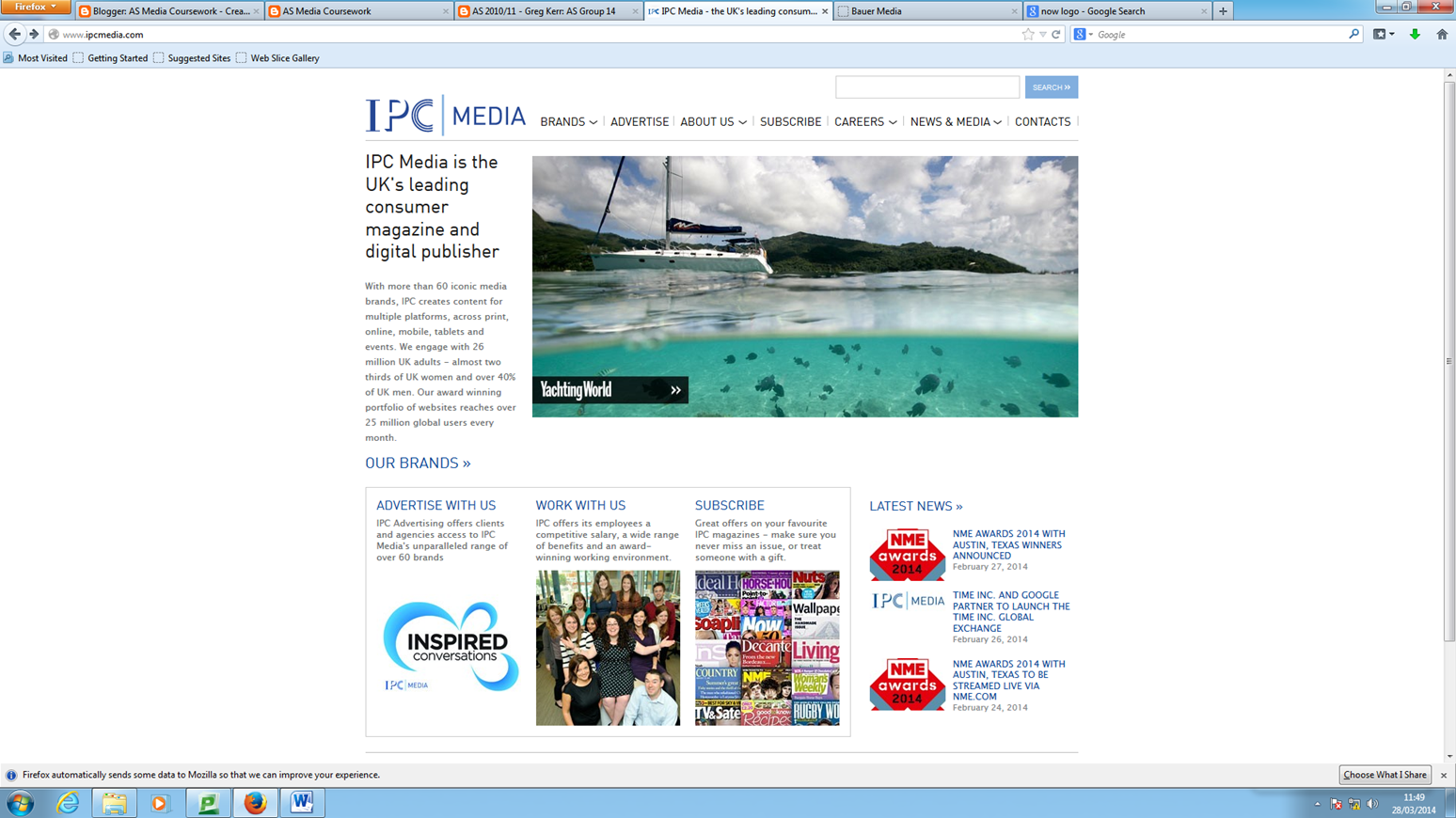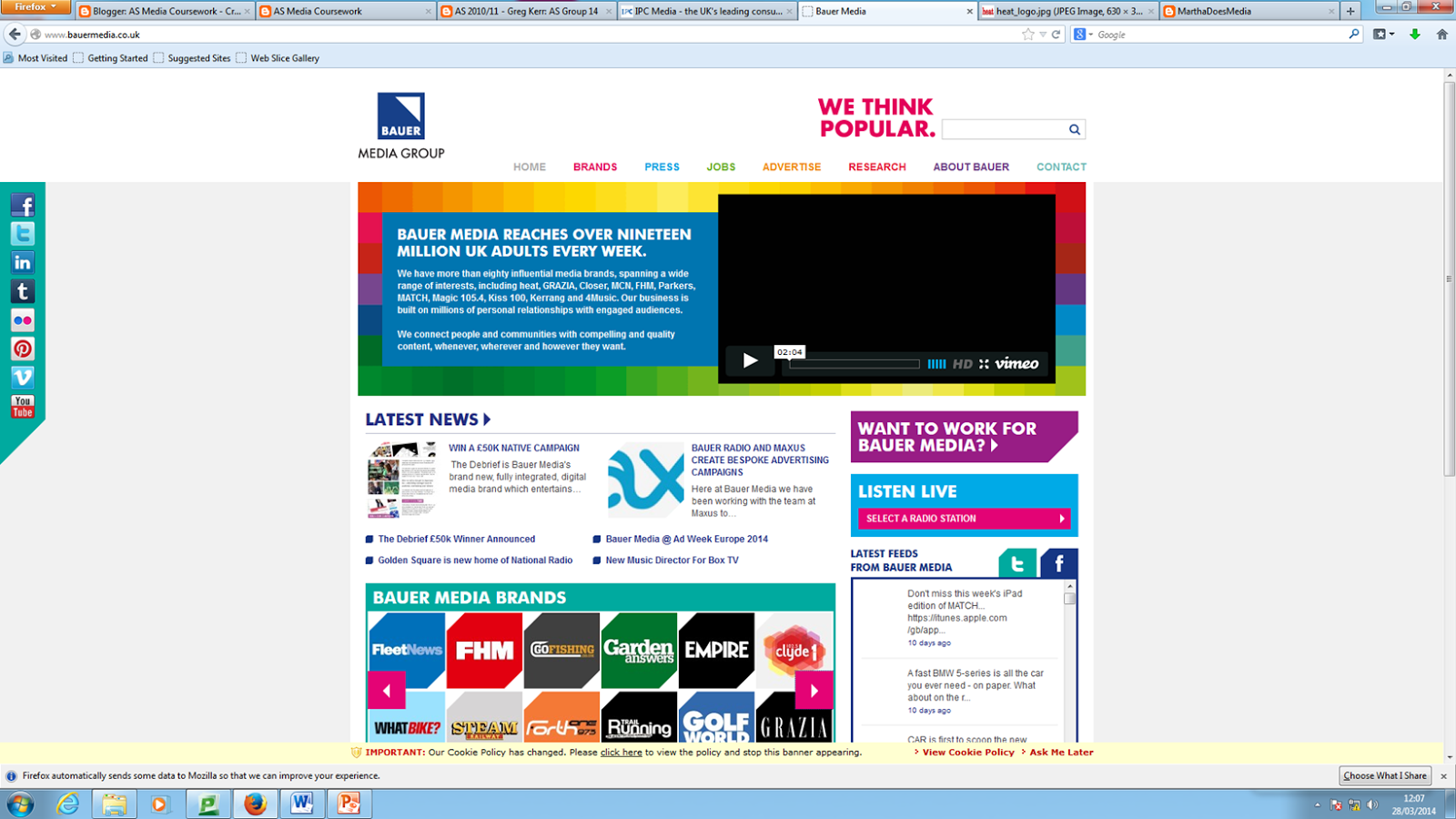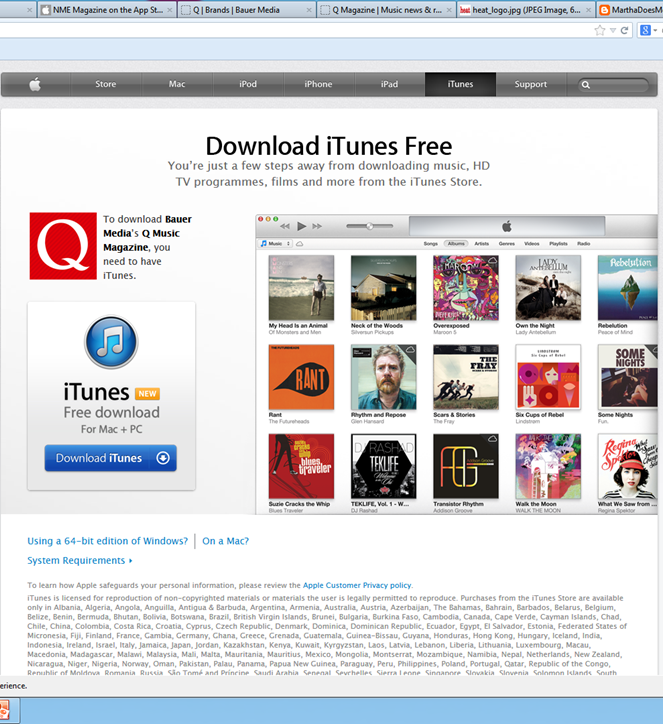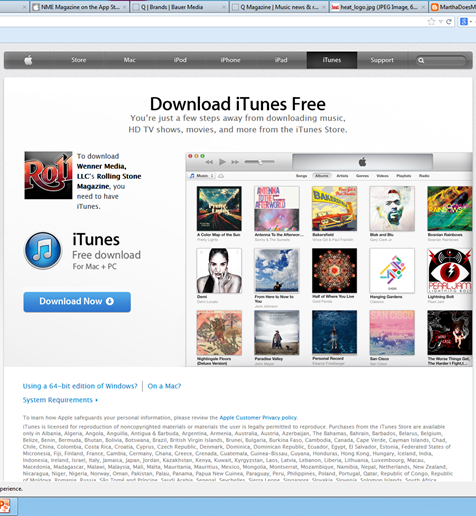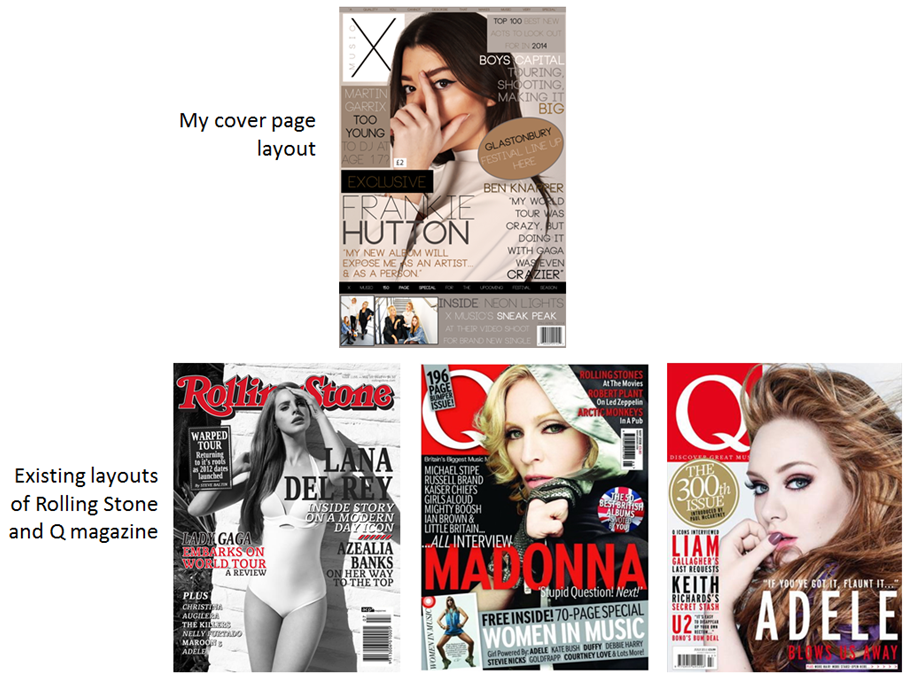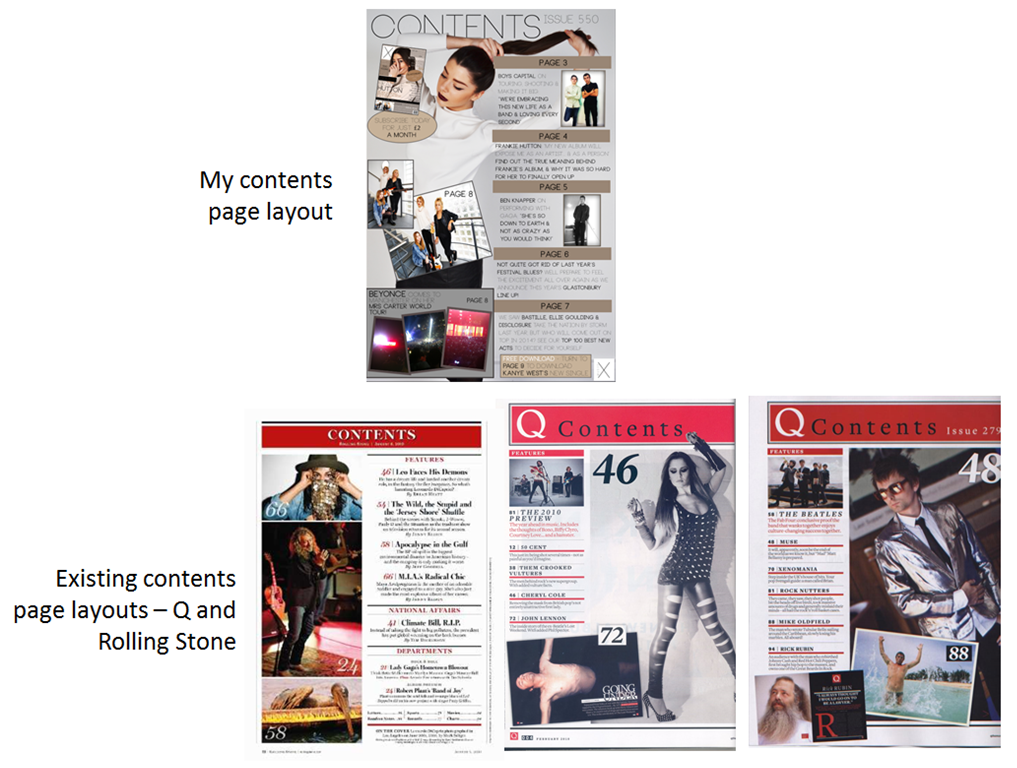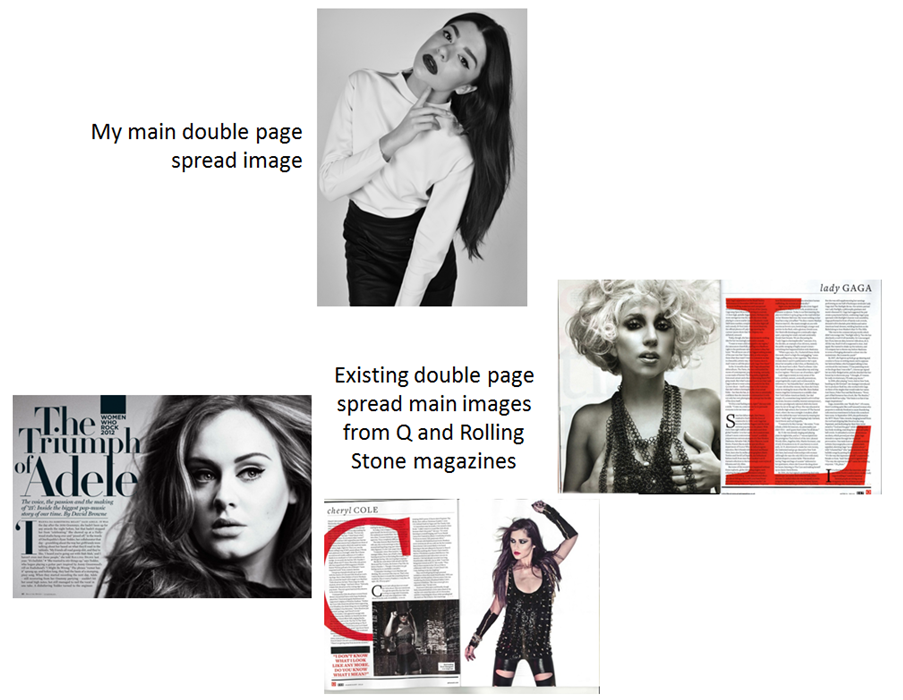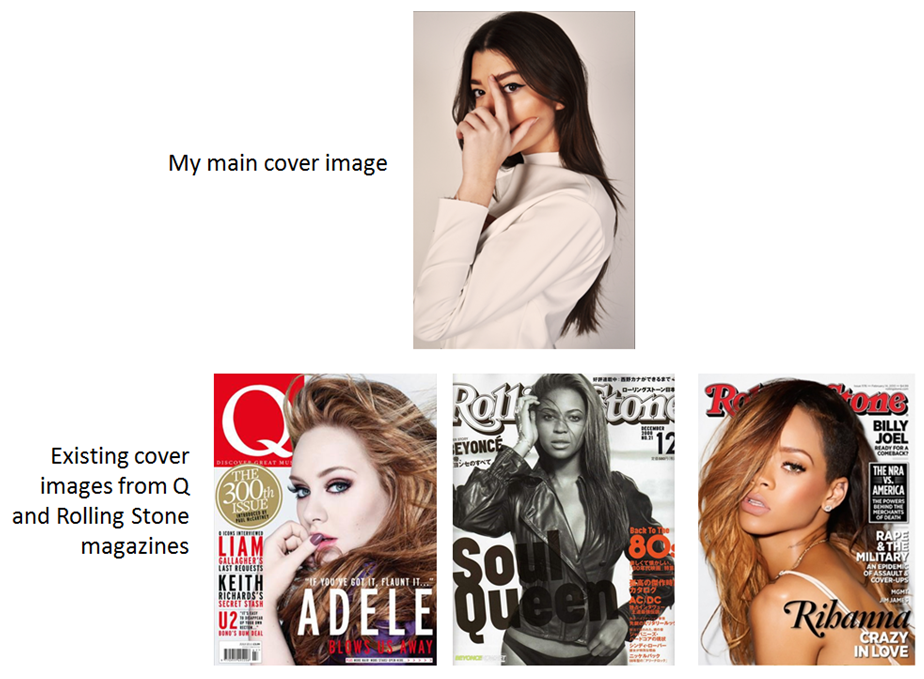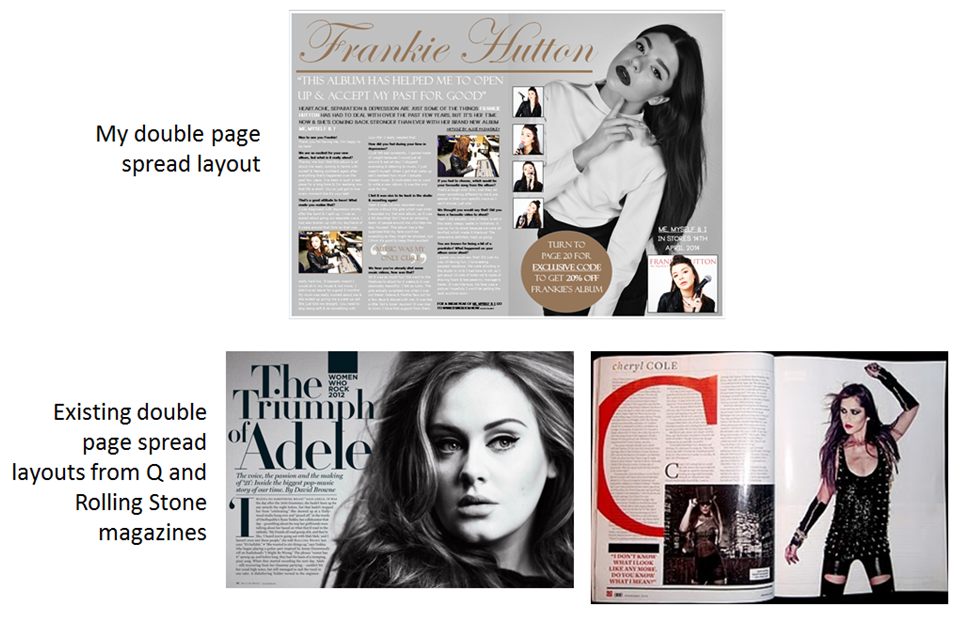7. Looking back at your preliminary task (the school magazine task), what do you feel you have learned in the progression from it to full product?
This is my print prelim cover page compared with my magazine cover for my actual coursework.
My prelim is very unprofessional compared to my full product, as the page is not busy enough and needs a lot more information on it for it to look effective - this has caused big gaps on the page that should have been filled. It would also be better if it had more images as this would make it look less bland. I don't think the main image is big enough for a front cover, as a lot of the grey background can be seen. I think the use of many different fonts also looks unprofessional as this shows the magazine to be inconsistent. When I created my prelim, I had done no research into magazines, therefore I didn't really know what features to include to create a professional-looking product. I have learned so much through my on-going research, and I think this shows through the difference between my prelim cover and my actual coursework cover. My actual product looks more slick due to the consistent fonts, the colour scheme and the overall busy look of the cover.
My prelim is very unprofessional compared to my full product, as the page is not busy enough and needs a lot more information on it for it to look effective - this has caused big gaps on the page that should have been filled. It would also be better if it had more images as this would make it look less bland. I don't think the main image is big enough for a front cover, as a lot of the grey background can be seen. I think the use of many different fonts also looks unprofessional as this shows the magazine to be inconsistent. When I created my prelim, I had done no research into magazines, therefore I didn't really know what features to include to create a professional-looking product. I have learned so much through my on-going research, and I think this shows through the difference between my prelim cover and my actual coursework cover. My actual product looks more slick due to the consistent fonts, the colour scheme and the overall busy look of the cover.
This is my print prelim contents page compared with my magazine contents page for my actual coursework.
Again, my prelim contents is very amateur, as there are many gaps on the page and not enough images for it to resemble a real magazine. It was created on Publisher, which was a mistake as it would have looked a lot more effective if it was done on Photoshop like my cover page. I think there is too much writing on my prelim, and the layout template can still be seen which makes it look unfinished and messy. The images on my actual contents page look a lot more professional which shows that my photography skills have developed, and shows I know that using the right equipment can help a lot. I believe my actual product is a lot better and shows my progression from my prelim to my finished coursework. It shows how my research into existing magazines really helped me, and I think it mirrors what real magazines are like.
Again, my prelim contents is very amateur, as there are many gaps on the page and not enough images for it to resemble a real magazine. It was created on Publisher, which was a mistake as it would have looked a lot more effective if it was done on Photoshop like my cover page. I think there is too much writing on my prelim, and the layout template can still be seen which makes it look unfinished and messy. The images on my actual contents page look a lot more professional which shows that my photography skills have developed, and shows I know that using the right equipment can help a lot. I believe my actual product is a lot better and shows my progression from my prelim to my finished coursework. It shows how my research into existing magazines really helped me, and I think it mirrors what real magazines are like.
